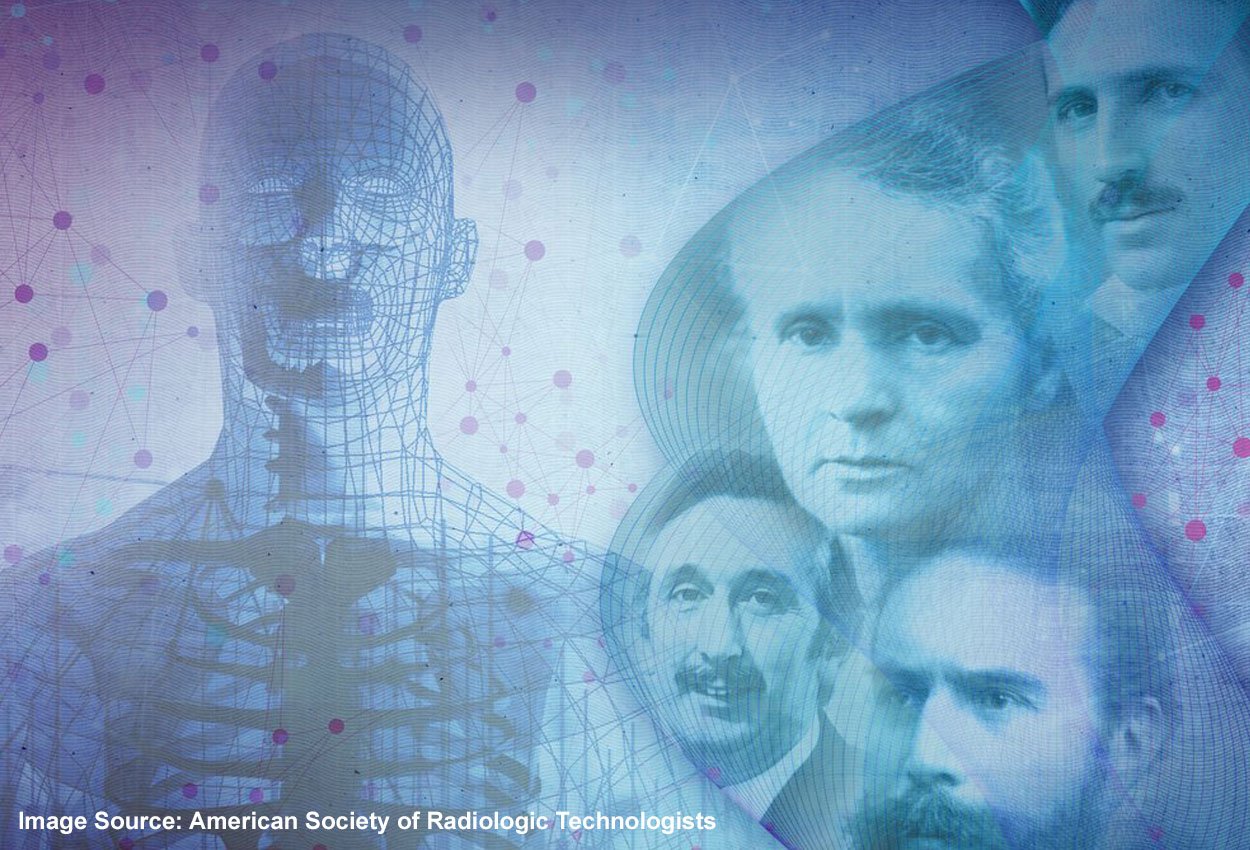
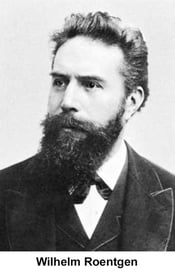 National Radiologic Technology Week®, is celebrated the week of November 8 each year in commemoration of the discovery of the x-ray by Wilhelm Roentgen in 1895.
National Radiologic Technology Week®, is celebrated the week of November 8 each year in commemoration of the discovery of the x-ray by Wilhelm Roentgen in 1895.
It's a week for us to recognize not only the advances in imaging technology over the years, but also the important role medical imaging and radiation therapy professionals play in patient care - from screening, to detection, to treatment.
This year represents 100 years since the establishment of the American Society of Radiologic Technologists (ASRT). In honor of their centennial celebration, the theme for 2020 is “Building on our history, creating the future.”
On the ASRT website, there is an interactive poster with the challenge to name the historical figures pictured. A couple of names and faces are well known to people outside the profession, but others are not. But that doesn’t make their stories less interesting or their contributions less notable.
We thought it would be fun to dig a little deeper and learn more about them and share their history.
The discovery of a “new kind of ray”
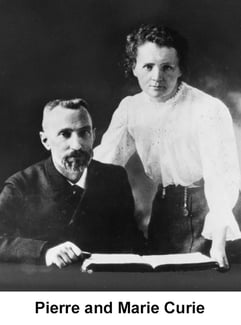 As stated earlier, Wilhelm Roentgen discovered x-rays in 1895. His discovery, along with Pierre and Marie Curie’s discovery of polonium and radium would eventually pave the way for two new medical disciplines that would be invaluable to the future of patient care: diagnostic imaging and radiation oncology.
As stated earlier, Wilhelm Roentgen discovered x-rays in 1895. His discovery, along with Pierre and Marie Curie’s discovery of polonium and radium would eventually pave the way for two new medical disciplines that would be invaluable to the future of patient care: diagnostic imaging and radiation oncology.
As news of his discovery got out, early use of X-rays was widespread and unrestrained. While clinicians were quick to seize upon the medical applications, such as diagnosing broken bones and gunshot wounds, it wasn't uncommon for x-rays to be used for amusement and entertainment purposes as well.
In all cases there was little understanding or regard for potential side effects from radiation exposure, although there were a few early suspicions from such notables as Thomas Edison, Nikola Tesla, and William J. Morton, each of whom reported injuries they believed resulted from experiments with x-rays.
The birth of modern radiologic technology
By the 1910s, many physicians had x-ray machines inside their medical offices. They often recruited their office assistants, secretaries and receptionists to crank the handle of the static machine, pose as subjects and rock the developer pan. These assistants usually had no medical knowledge of human anatomy. Even for those who did, such as nurses, working in a climate indifferent to radiation protection, the death toll among them was high. There was no formal training for these early pioneers and each one pretty much learned positioning and exposure techniques through trial and error.
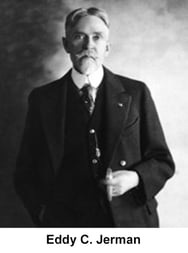 It was Eddy C. Jerman, the developer of the Jerman static machine which was the primary power source for creating x-rays at the time, who finally brought education, organization and legitimacy to the x-ray technician.
It was Eddy C. Jerman, the developer of the Jerman static machine which was the primary power source for creating x-rays at the time, who finally brought education, organization and legitimacy to the x-ray technician.
In 1916, Jerman began offering courses in radiography in an attempt to standardize radiographic technique. He noted that clinical techniques varied from provider to provider and felt that technique was the weakest link of the chain and that “the chain could be no stronger than its weakest link.”
Jerman wrote the first textbook of radiographic technique and founded the American Association of Radiological Technicians, the organization which is now known as the American Society of Radiologic Technologists. He also served as the examiner for the first 1,000 candidates to be credentialed in the American Registry of X-Ray Technicians.
The first of many
One of those candidates was Sister Beatrice Merrigan of St. Anthony’s Hospital in Oklahoma City. In fact, she was the very first to earn her certificate, making her the world’s first registered radiologic technologist.
She achieved this distinction in November, 1922 after completing 20 essay questions and taking images of various body parts including a hand, knee, kidney, and a full set of dental films.
Sister Beatrice’s certification as a registered radiologic technologist paved the way for so many others in the years to come as the use and technological advancements in radiologic technology expanded and the seeds of imaging subspecialties grew in the mid-20th century. The 1950s and 1960s saw the growing clinical use of nuclear medicine, ultrasound, the treatment of deep seated tumors with linear accelerators and the first clinical use of MRI.
Imaging from all angles – the invention of computed axial tomography
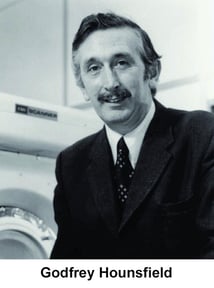 In 1967, Godfrey Hounsfield, an electrical engineer with no medical background, came up with the idea of developing a computer software program to compile X-rays of an object from various angles and organize them into a three-dimensional representation to help physicians to see the inside of the human body.
In 1967, Godfrey Hounsfield, an electrical engineer with no medical background, came up with the idea of developing a computer software program to compile X-rays of an object from various angles and organize them into a three-dimensional representation to help physicians to see the inside of the human body.
He was provided with a grant from the British Department of Health and Social Services and in conjunction with radiologists James Ambrose and Louis Kreel, Hounsfield designed and constructed the first CAT scanner.
The device was first tested on a preserved human brain and then on a fresh cow brain procured from a butcher's shop. Hounsfield then used himself as guinea pig to become the first live human to undergo a head scan using computed axial tomography.
In September 1971, CAT scanning was introduced into medical practice with a successful scan on a cerebral cyst patient at Atkinson Morley Hospital in Wimbledon, London, United Kingdom.
The success of the head scanner led Hounsfield to build a whole-body scanner, which was introduced in 1975 and he continued to make improvements to the technology with the aim of taking an accurate image of the heart between beats.
Hounsfield’s invention, for which he earned a Nobel Prize, revolutionized the role of diagnostic imaging in the practice of medicine and the understanding and management of health conditions such as stroke, vascular disease, cancer, trauma, acute abdominal pain, and diffuse lung diseases through its detailed images of anatomy, physiology and pathology.
A pioneer for professional equality
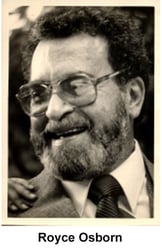 Another person who stands out in the history of radiologic technology is Royce Osborn.
Another person who stands out in the history of radiologic technology is Royce Osborn.
Osborn started his career as a staff technologist for the U.S. Army in 1952 and by 1955 had worked his way up to Chief Radiologic Technologist at Flint-Goodridge Hospital in New Orleans, the only private hospital there that allowed black physicians to practice medicine.
Osborn joined the national ASRT after being denied membership in his local organization in New Orleans due to segregation policies.
As a member of the national organization, he successfully fought a proposal that would have required membership in local chapters. Arguing that if it had passed, he and other black technologists in the segregated South would have been ineligible for national membership.
In 1962, Osborn became the first African American president of the ASRT.
As president, Osborn supported higher standards of professional training and safety requirements for and was a proponent of professional licensing for R.T.s in order to upgrade their status within the medical community.
He also had a keen interest in issues concerning universal position descriptions, federal licensure proposals, and minimum performance standards.
According to one of his colleagues, “He instilled pride in what you’re doing. He was fun to be around because he believed in what he was doing, and you wanted to be a part of that. He was so passionate about this profession."
His passion for the profession led Osborn to become one of the first radiologic technologists to be named Radiology Administrator in the 1970s. He also authored what the American Hospital Radiology Administrators (AHRA, now the Association of Medical Imaging Management) dubbed “the" book on radiology administration.
There are multiple scholarships awarded in honor of Royce and his wife Paula to encourage minorities to pursue a career in radiology and radiology management.
But Royce Osborn’s contributions to the profession go well beyond fighting for racial equality. He worked hard to raise the standards and the status of all medical imaging and radiotherapy professionals within healthcare.
According to his wife Paula, "He didn’t think about being the first African-American anything. He was just proud of his accomplishments."

A profession to be proud of
Every day patients rely on radiologic technologists to help their physicians diagnose bone fractures or breaks, ensure their babies in the womb are developing normally during gestation, identify muscle injuries, screen for and treat cancers, and so much more.
Radiologic technologists play a crucial role in a patient’s journey and for that we thank and celebrate them.
Related articles:

Megan Sargalski
Marketing Communications Specialist
